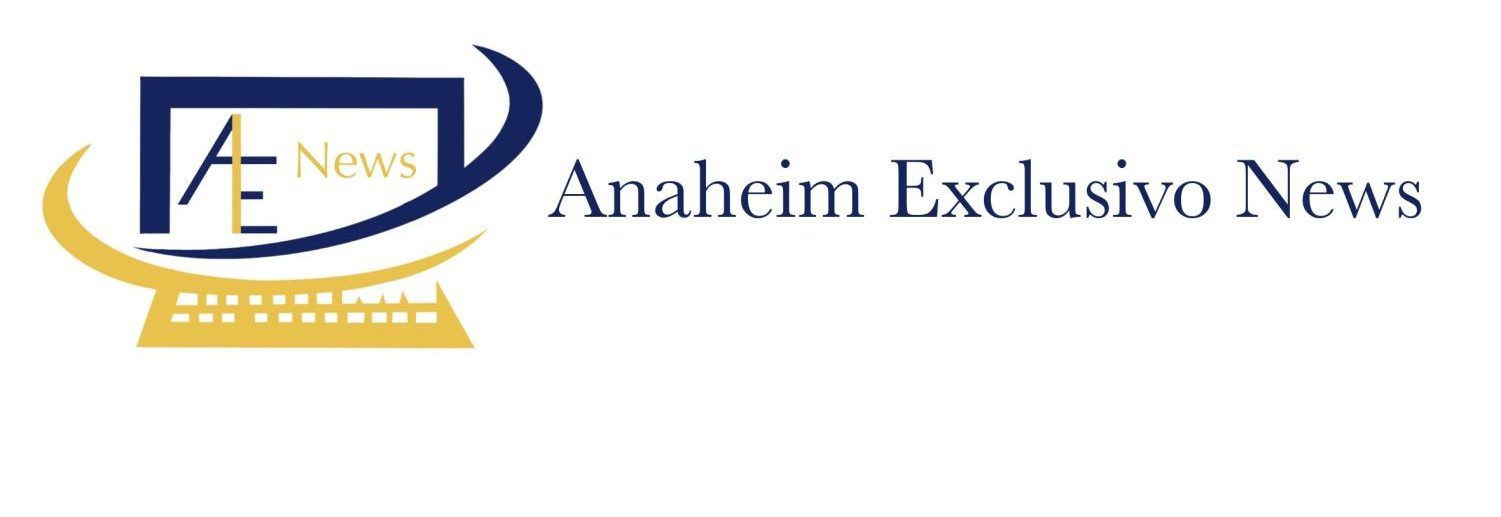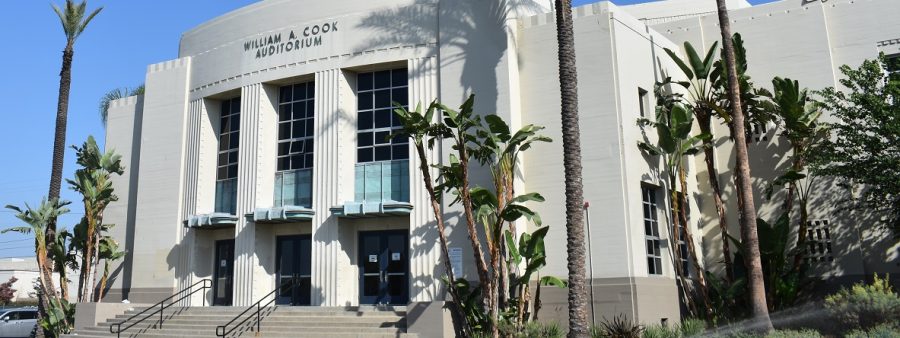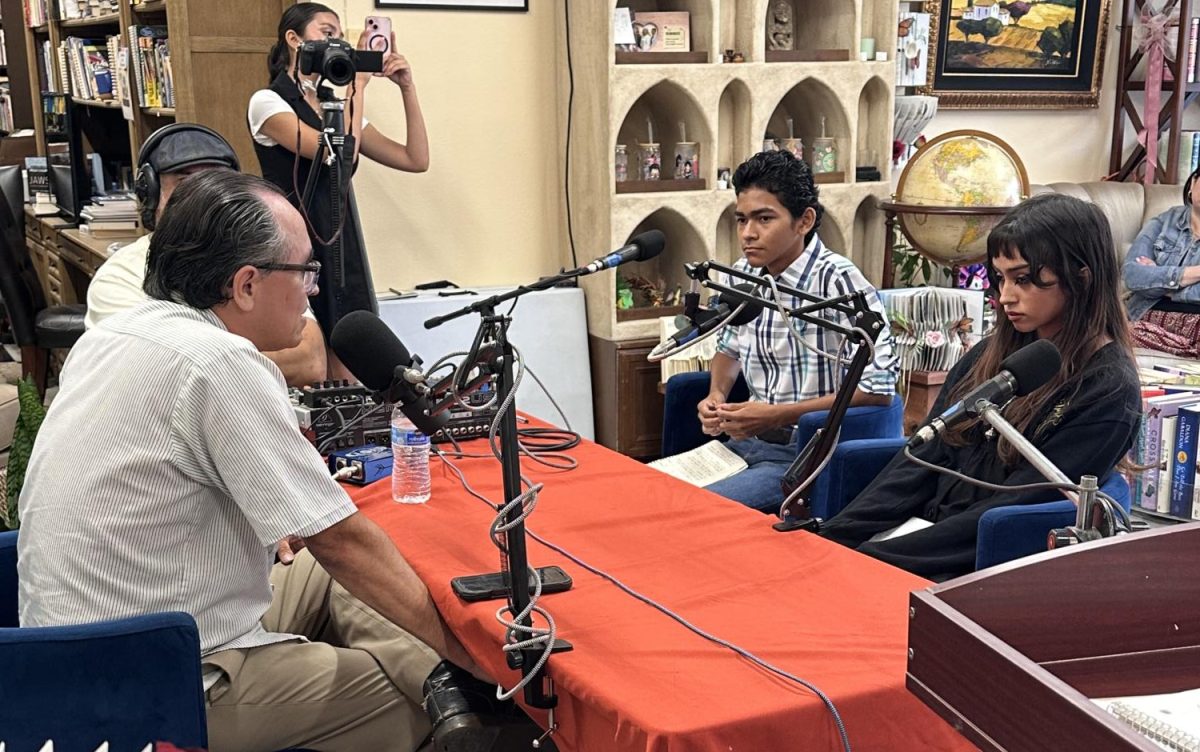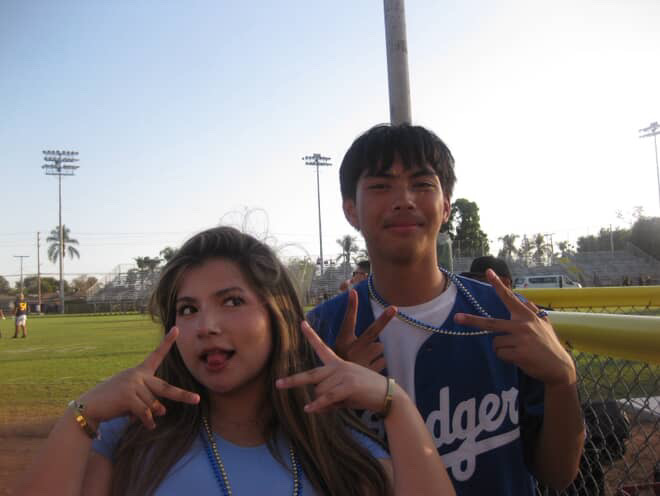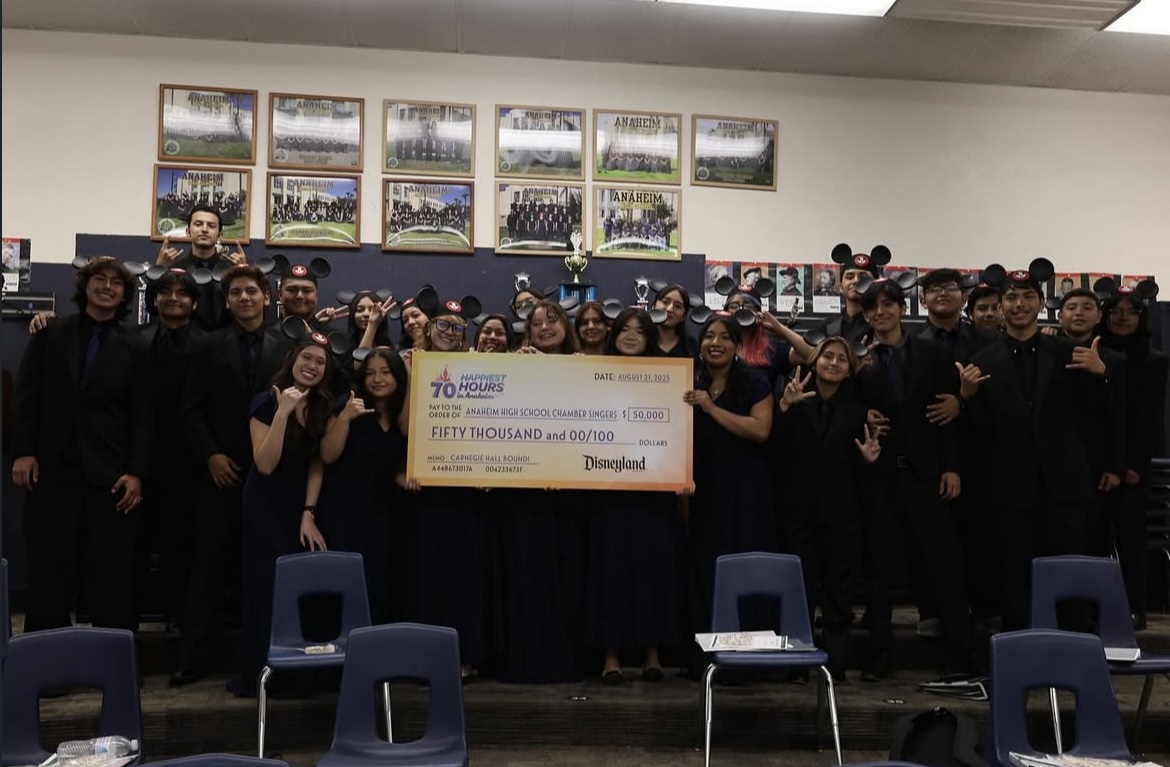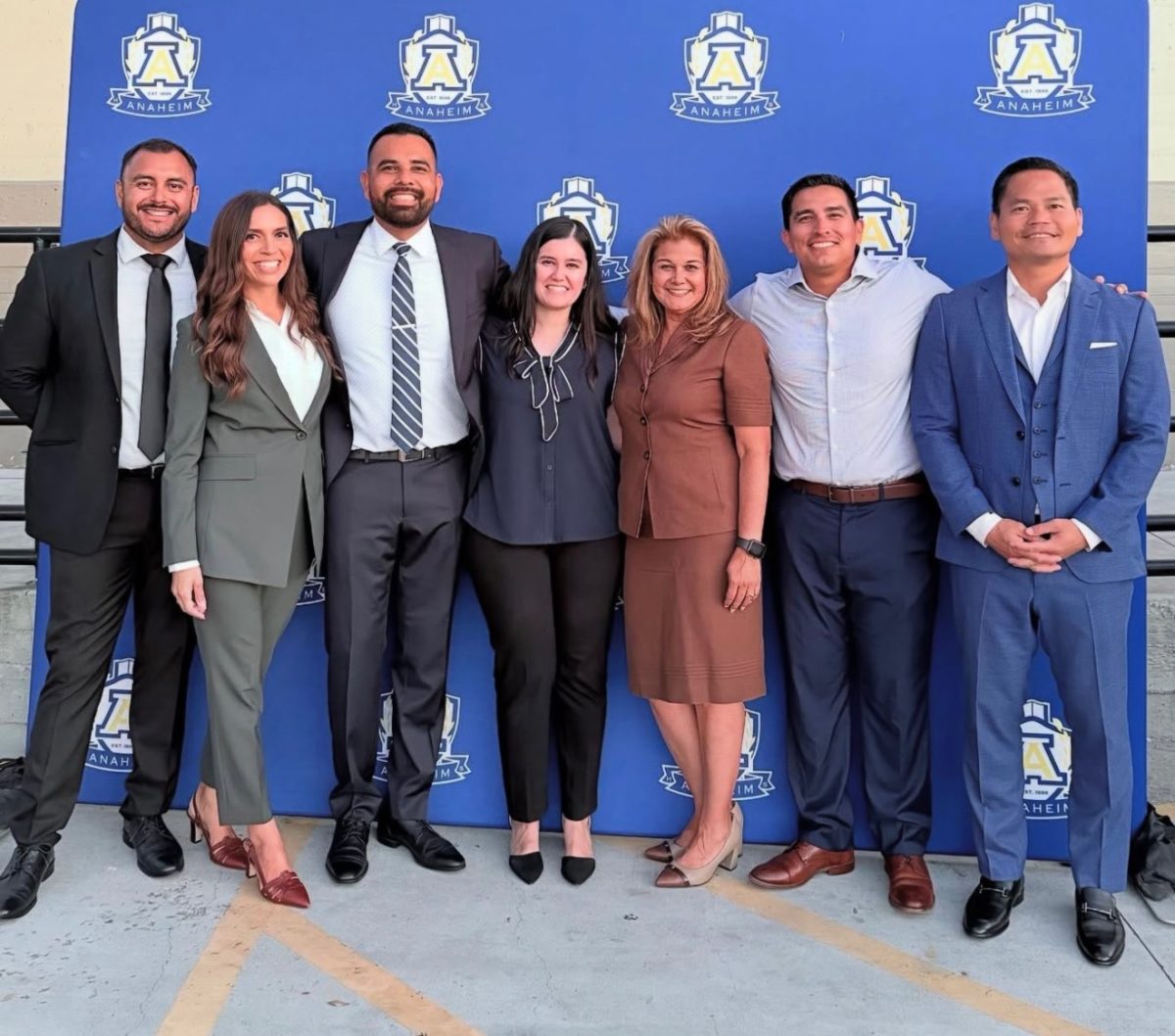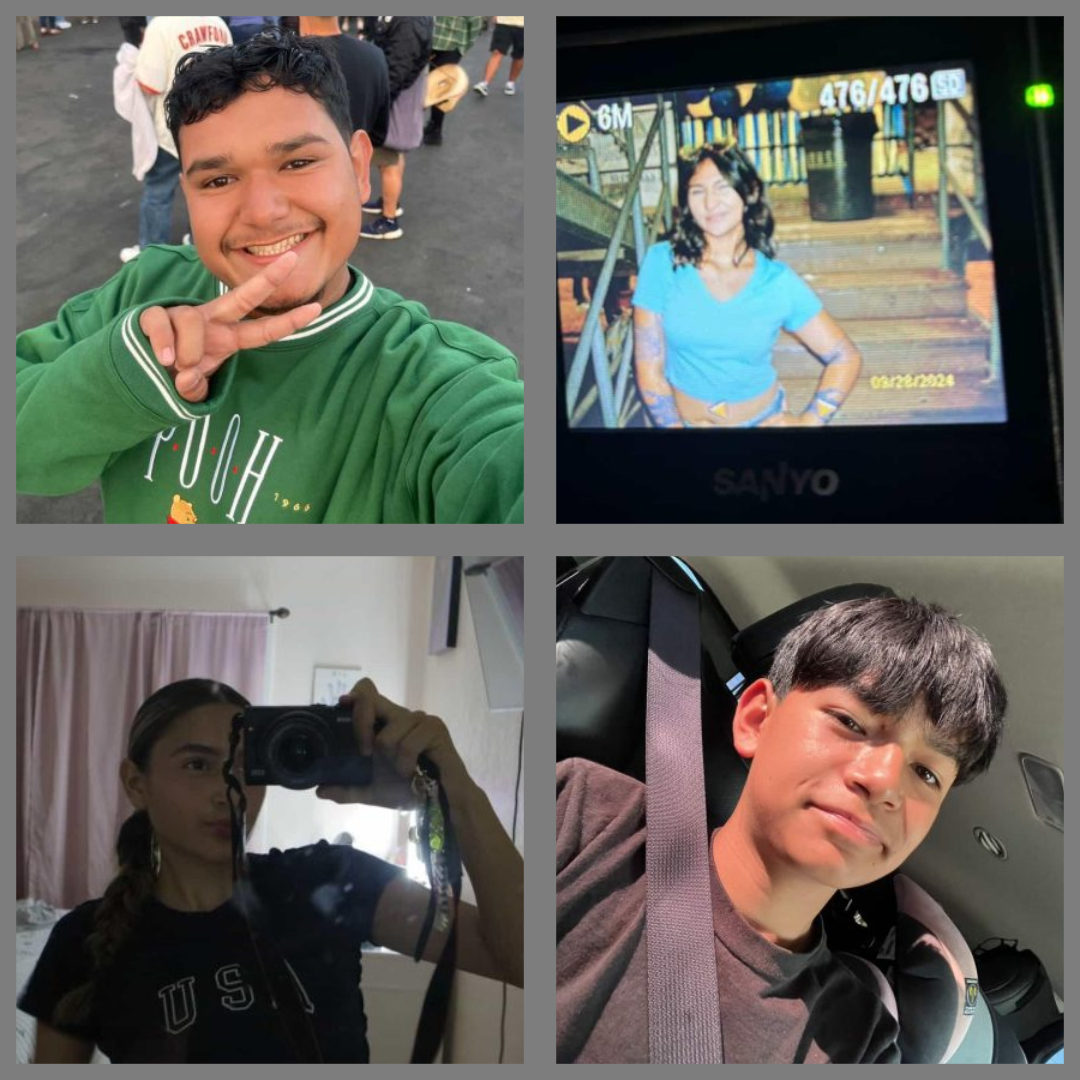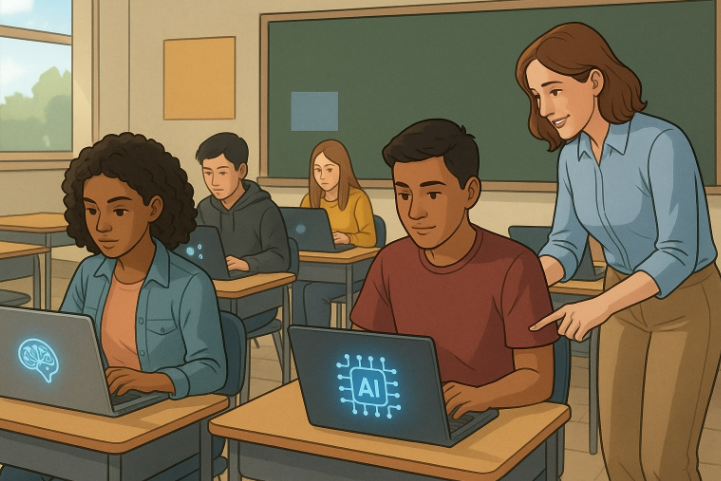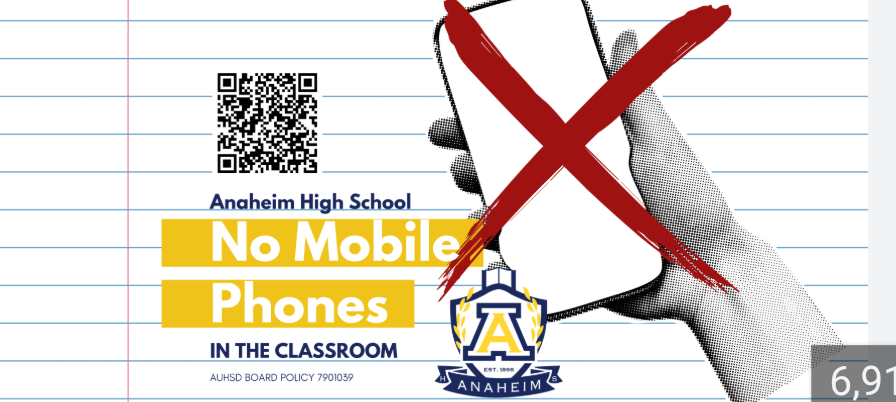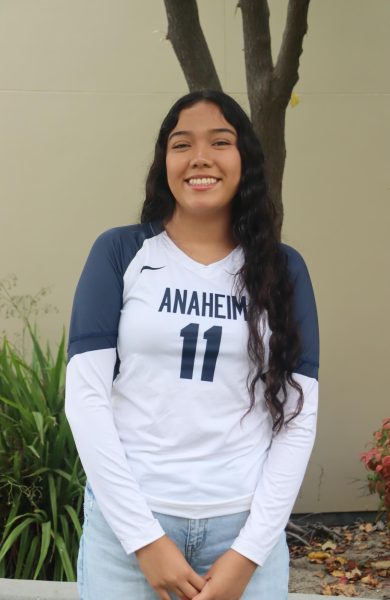En los últimos años, la educación ha experimentado un cambio profundo gracias a la llegada de innovaciones tecnológicas que están transformando la manera en que aprendemos y enseñamos. Una de las más notables es el uso de plataformas de aprendizaje, que permiten a los estudiantes acceder a clases, materiales y evaluaciones desde cualquier lugar y en cualquier momento. Esto ha abierto la puerta a una educación más flexible y personalizada. Las plataformas digitales facilitan la comunicación entre maestros y alumnos, lo que ayuda a resolver dudas y a dar seguimiento al aprendizaje de forma más rápida y efectiva. Pero, te has preguntado: ¿Cómo ha mejorado la comunicación entre maestros y alumnos con el uso de plataformas digitales?, ¿De qué manera la tecnología puede distraer a los alumnos durante las clases?, ¿Cómo se relaciona la tecnología con las personas? No esperes más y mira lo que nuestros maestros respondieron a nuestras preguntas:
Mrs.López
- “Cuando yo era alumna en la preparatoria aquí en Anaheim High School, hace 12, 13 años, creo que no nos comunicábamos tanto con los maestros afuera de la clase.”
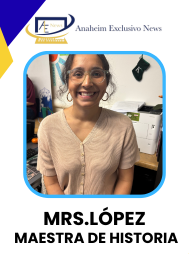
- “Apenas estábamos empezando con el correo electrónico.”
- “Hoy en día ha mejorado bastante, porque ahora no solamente me puedo comunicar con mis alumnos por correo electrónico, sino también por plataformas como Remind.”
- “Creo que la tecnología los puede distraer de una manera negativa.”
- “Estoy súper feliz de que acaban de implementar la nueva póliza de los celulares este año para los alumnos.”
- “En los últimos cuatro años, desde que yo estaba aquí en Anaheim High School, muchos alumnos inconscientemente se distraen con los teléfonos.”
- “A veces ni se dan cuenta que están en sus mesas y sacan su teléfono; al momento de sacarlos, ya están distraídos.”
- “Esto ha impactado mucho su pensamiento crítico cuando utilizan la tecnología, no solamente como celulares, sino también como Chat GPT y las redes sociales.”
- “Se relaciona mucho conmigo, porque yo tengo 30 años, y fue en mi generación cuando la tecnología empezó a usarse de una manera grande en todo el mundo.”
- “Honestamente, creo que no podría vivir sin internet, sin mi teléfono, porque ya son cosas necesarias.”
- “Son cosas que ya hemos acoplado demasiado a nuestra vida diaria y regresar al tiempo sin ellas, creo que no sería posible.”
Mrs.Loeper
He visto dos cambios grandes:
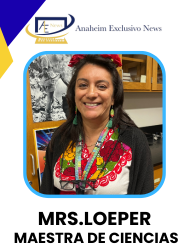
- “Las maestras se pueden comunicar más con los estudiantes usando apps específicas como Remind.”
- “La otra forma de comunicación ha sido por e-mail.”
- “Prefiero las apps porque en el correo electrónico se mezclan mensajes de estudiantes, maestros y administración, lo que me quita tiempo.”
“Muchos estudiantes piden tomar fotos de los apuntes.”
- “El problema es que después no escriben nada y desarrollan malos hábitos.”
- “No quiero fotógrafos, quiero estudiantes que avancen y tengan éxito.”
“En los laboratorios pasa lo mismo: en lugar de experimentar, se dedican a tomar fotos o grabar con el teléfono.”
- “Esto convierte la experiencia primaria en secundaria.”
- “Pierden la oportunidad de vivir el aprendizaje directo.”
“Yo he batallado mucho con la tecnología porque no quería cambiar.”
- “Al principio no quería aprender a usar computadoras ni poner calificaciones en ellas.”
- “Con el tiempo, me vi forzada a utilizarlas.”
“La tecnología es ventajosa porque permite a todos ver lo que está pasando, pero también significa más trabajo al tener que aprender cosas nuevas”
- “Remind facilita la comunicación rápida.”
- “El texting elimina formalidades y da respuestas inmediatas.”
- “Si recibo un texto y estoy ocupada, me queda el recordatorio para contestar después.”
Acaso no es interesante aprender que piensan nuestros maestros sobre el uso de la tecnología en nuestra comunidad escolar. Ante estos cambios, las escuelas han tenido que adaptarse rápidamente. Los docentes están recibiendo capacitación constante para manejar nuevas herramientas digitales y rediseñar sus clases de forma más interactiva. Por su parte, los estudiantes desarrollan nuevas habilidades digitales que no solo les ayudan en su formación académica, sino que también los preparan para el mundo laboral, cada vez más tecnológico. En conclusión, las innovaciones tecnológicas están impulsando un modelo educativo más dinámico, inclusivo y cercano a la realidad del siglo XXI. Sin embargo, el éxito de estas herramientas depende de la capacidad de maestros, alumnos e instituciones para adaptarse a ellas de manera responsable y equilibrada.
In recent years, education has undergone a profound change thanks to the arrival of technological innovations that are transforming the way we learn and teach. One of the most notable is the use of learning platforms, which allow students to access classes, materials, and assessments from anywhere and at any time. This has opened the door to a more flexible and personalized education. Digital platforms make communication between teachers and students easier, helping to resolve questions and track learning more quickly and effectively. But have you ever wondered: How has communication between teachers and students improved with the use of digital platforms? In what ways can technology distract students during class? How does technology relate to people? Don’t wait any longer to see what our teachers answered:
Ms.Choi
- “I think through digital platforms, it’s made it easier because sometimes a student might not come to class and they’re sick or they left school early.”
- “A digital platform always helps me stay up to date on how the student is doing, where they are, and if I need to reach out to the parents, that’s also a good method.”
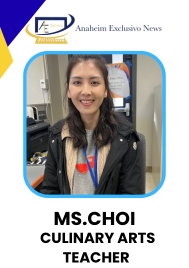
- “I think communication is definitely better with digital platforms and it’s helping me a lot with the communication and staying in touch and just checking the overall how the student’s doing in school.”
- “I think they get distracted easily because of social media and they are always kind of in… It feels like they’re in a different world with that.”
- “As much as I am glad we have a digital platform, I think it distracts students in a way where they are not really focused on real life and their schoolwork and they just kind of… They are easily tempted to fall into a different path that’s not beneficial for them.”
- “Technology… I’m not really a tech person, so it’s not… Sometimes it can be difficult for me if things change, but technology helps me a lot because I get things done easily and I can do research faster.”
- “I am willing to learn the new updates, but I think sometimes it’s best for us to just not take things too easy and take benefit of the technology because it can make us become lazy and it can make we do the wrong thing in a way.”
- “Technology overall, I think it’s really beneficial for everyone including me and I think it’s important that we keep using it and we follow… We grow with it.”
Mrs.Ly
- “Communication between teacher and student improves through the use of digital platforms.”

- “It helps the student when they’re missing assignments; they know exactly what to do.”
- “When they’re absent, they can still see what we did in class, so they can start doing that at home.”
- “Technology distracts students: some try to get on other platforms instead of doing the assignment, like playing games.”
- “Teachers need training on how to lock platforms to avoid distractions.”
- “Technology platforms also help students ask questions. They can email teachers or write on the platform about the assignment. Teachers can respond individually.”
- “DeltaMath has videos, so if the student did not understand in class, they can watch the video at home at their own pace. This helps them finish their assignment.”
- “Technology helps teachers show concepts visually, using graphing and pictures to support math understanding.”
- “There are both advantages and disadvantages, but overall technology helps students.”
- “Teachers are still learning how to use technology, along with the students.”
Isn’t it interesting to learn what our teachers think about the use of technology in our school community? Faced with these changes, schools have had to adapt quickly. Teachers are receiving ongoing training to manage new digital tools and redesign their classes in a more interactive way. For their part, students are developing new digital skills that not only help them in their academic formation but also prepare them for the increasingly technological workforce. In conclusion, technological innovations are driving a more dynamic, inclusive, and realistic educational model for the 21st century. However, the success of these tools depends on the ability of teachers, students, and institutions to adapt to them in a responsible and balanced way.
